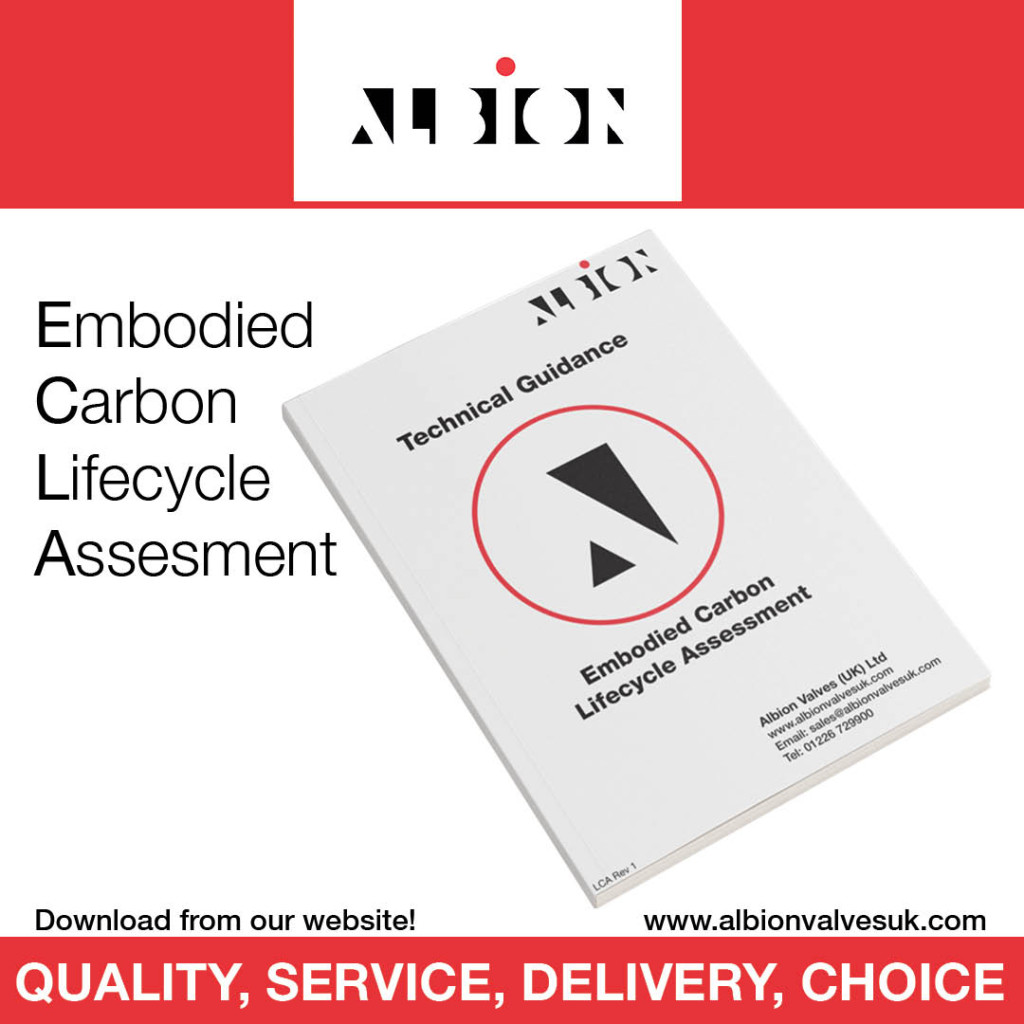Albion Expands Embodied Carbon Lifetime Assessment

Further to our post in December regarding the newly published Embodied Carbon Lifecycle Assessment (LCA) for our Cast and Ductile Iron ranges, we are pleased to inform you that we have recently added additional product ranges to this document.
It is with great pleasure that we can confirm that our ranges of Brass, DZR Brass, and Bronze products now have LCA data allowing you to assess the environmental impacts associated with the lifecycle of these products, from the raw material extraction through to the recycling or disposal of the product at the end of its useful life.
By using CIBSE’s Mid-level TM65 methodology, Albion has assessed the energy and materials required to manufacture, transport, and use the product and has given each product a simple LCA figure (measured in kgCO2e) to enable an accurate way to compare the emissions released to the environment of different products.
Contractors can also use this information to determine the overall greenhouse gases (kgCO2e) that a project has released throughout its construction phase, and throughout the building’s lifetime.
This is an ongoing project for Albion, our Stainless Steel Valves and Fittings will be the next full range to be added in the coming months but other additional ranges will be added as we obtain the necessary data.
Albion’s Embodied Carbon Lifecycle Assessment can be found on Albion’s website under Downloads-Technical Guides.







